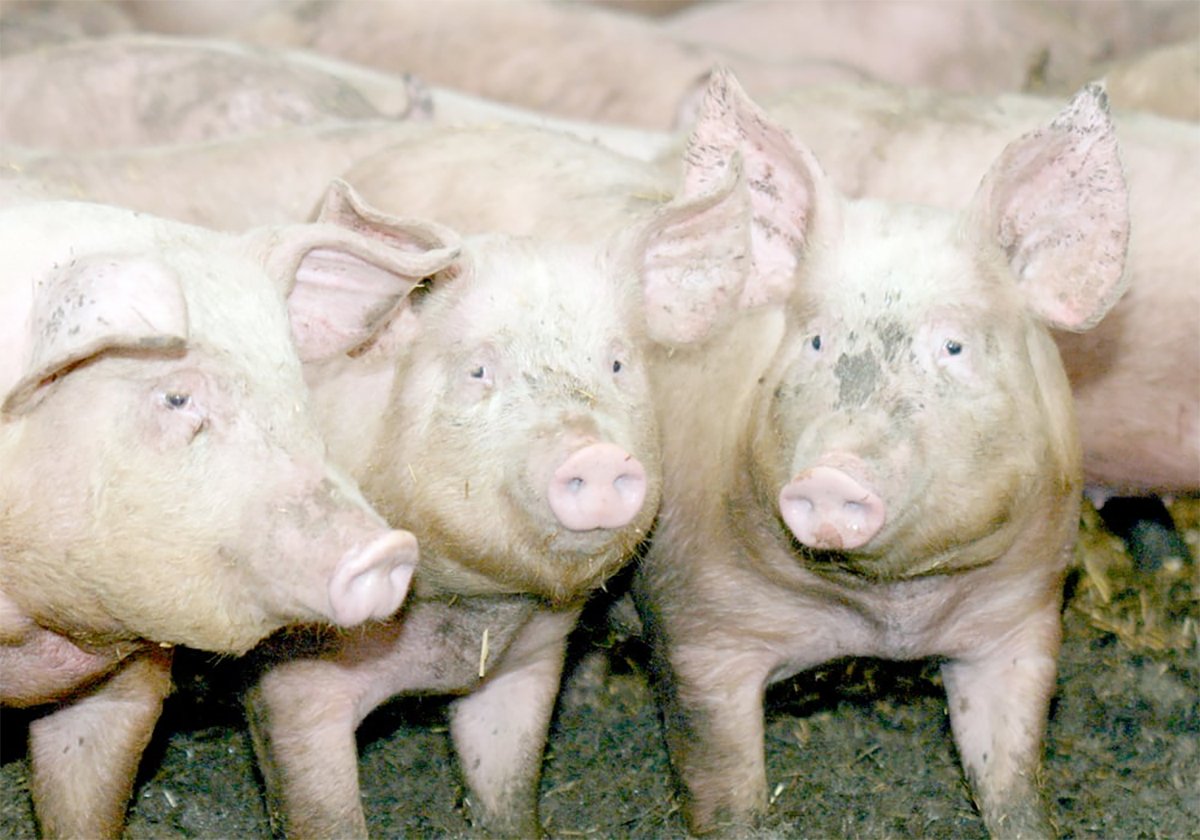Clearer labels about animal welfare claims might benefit conventional farmers and livestock welfare outcomes, says a spokesperson for the British Columbia SPCA.
Geoff Urton, the SPCA’s stakeholder relations manager, said the agricultural industry would gain from the transparency if labels on eggs and meat explained how farm animals were treated.
“We have a situation where people don’t understand how their food is raised and it can lead to problems on both sides,” he said.
“It can lead to people being reactive and changing their choices for no factual reason.”
Read Also

The Western Producer Livestock Report – November 13, 2025
Western Producer Livestock Report for November 13, 2025. See U.S. & Canadian hog prices, Canadian bison & lamb market data and sales insights.
The Canadian chapter of Humane Society International released a public opinion survey in early October that suggested 82 percent of Canadians want clearer animal welfare labels on food.
The poll result was based on a simplistic online question: “do you support clearer labels?” It’s hard to evaluate the significance of the poll, considering that most consumers probably support clarity on food, beverage and clothing labels.
What’s clearer is that Canadians don’t understand the words and phrases associated with animal welfare claims.
A Farmers Feed Cities survey determined last year that 81 percent of Canadians who buy free-run eggs assume the chickens wander outside. In fact, free-run hens are raised inside barns. Free-range hens go outside.
Humane Society International would like to see mandatory labels in Canada, detailing how the farm animal was raised.
“Current food labels do not provide consumers with enough information to make an informed choice at the grocery store,” said campaigner Sayara Thurston.
The organization said in a news release that the European Union has required labels on eggs since 2004 that indicate whether they come from caged hens, barn, free-range or organic. The initiative has increased the production of eggs from systems with higher animal welfare standards to 51 from 31 percent, it added.
Urton said more information on the label might alleviate consumer confusion in Canada and soften responses to negative animal welfare phrases such as “caged” hens.
“I think the important thing is transparency. There are pros and cons to caged and caged-free systems,” he said.
“Organizations like ours … we support cage free systems, but it’s important to represent that there are some animal welfare benefits from caged systems.”
Thurston said this is the perfect time to discuss mandatory labels in Canada’s livestock sector because the Canadian Food Inspection Agency is beginning a process called the Food Labelling Modernization Initiative.















